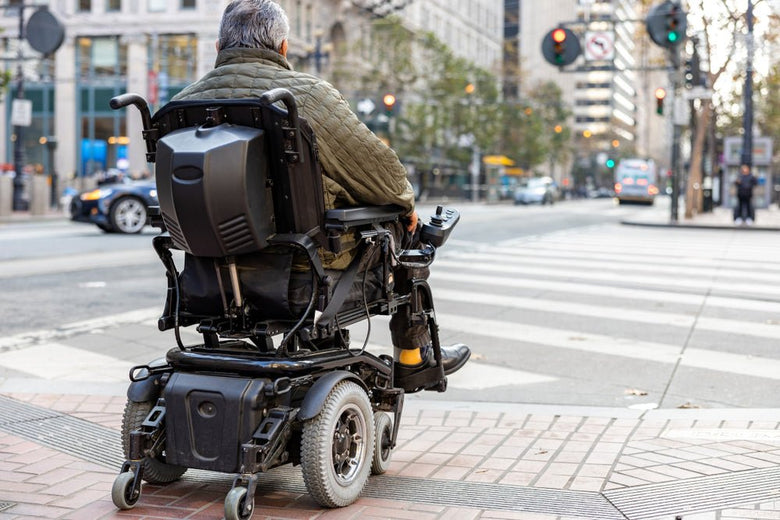As people grow older, they often experience a range of health challenges. Among them, one common issue is having cold legs, which can be both uncomfortable and concerning. In this article, we will delve into what causes cold legs in elderly individuals, looking at various underlying factors and exploring potential solutions to manage this condition.

Introduction to Circulatory Issues in Older Adults
The circulatory system plays a crucial role in maintaining body warmth. As we age, changes in circulation can lead to various problems, including cold extremities. Elderly individuals may notice their legs, feet, or hands feeling consistently cold. Understanding these changes is key to addressing the problem effectively.
Understanding Peripheral Artery Disease (PAD)
One of the most common causes of cold legs in elderly is Peripheral Artery Disease. PAD occurs when the arteries that supply blood to the limbs become narrowed or blocked, reducing blood flow and causing symptoms like coldness, numbness, and pain.
Symptoms of PAD
The symptoms of PAD include pain while walking, leg weakness, and slow healing of wounds on the legs and feet. Recognizing these symptoms early is vital for effective management and treatment.
The Impact of Poor Circulation
Poor circulation, either due to PAD or other vascular issues, can lead to cold legs in elderly individuals. It is often a sign that the blood is not flowing adequately through the veins and arteries, resulting in a reduction in warmth.
Raynaud’s Disease and Its Effects
Raynaud’s disease is another potential factor contributing to cold legs. This condition affects blood flow to the extremities, causing them to feel cold and sometimes numb. It can be triggered by stress or exposure to cold temperatures.
Diabetes and Its Connection to Cold Legs
Diabetes can have a profound impact on circulation, leading to the sensation of cold legs. High blood sugar levels can damage blood vessels, reducing blood flow to the extremities.
Neuropathy and Its Role in Cold Sensations
Neuropathy, or nerve damage, is common in diabetic patients and can lead to abnormal sensations, including feelings of cold. When the nerves are damaged, they may not transmit signals properly, affecting temperature perception.
Thyroid Function and Temperature Regulation
The thyroid gland is responsible for regulating the body’s metabolism and temperature. Hypothyroidism, a condition in which the thyroid is underactive, can lead to cold intolerance and issues like cold legs.
Symptoms of Hypothyroidism
Symptoms of hypothyroidism include fatigue, weight gain, and a sluggish feeling. If you suspect you have thyroid issues, it’s important to consult a healthcare professional for proper diagnosis and treatment.
Lifestyle Factors and Their Influence
Lifestyle habits, such as a sedentary lifestyle or smoking, can exacerbate circulatory problems and contribute to the feeling of cold legs in the elderly. Encouraging healthier lifestyle choices is crucial to improving circulation and overall wellbeing.
Staying Warm: Practical Tips for the Elderly
There are several practical steps older adults can take to keep their legs warm. Dressing in layers, using thermal socks, and ensuring a warm living environment are effective measures that can help mitigate the discomfort associated with cold legs.
Medical Treatments and Interventions
When lifestyle modifications are not enough, medical interventions may be necessary. Treatments such as medications to improve circulation or surgical procedures to address arterial blockages can be considered in consultation with healthcare providers.
Consulting Healthcare Professionals
It’s important for those experiencing ongoing or severe symptoms to consult with healthcare providers. Medical professionals can conduct thorough assessments and recommend appropriate interventions to address the root cause of the problem.
The Importance of Regular Check-Ups
Regular health check-ups can help in identifying and managing circulatory issues early, preventing further complications. Evaluations of heart health, blood sugar levels, and vascular health should be part of a routine elderly care plan.
Conclusion: Promoting Healthy Circulation
There are several factors that cause cold legs in the elderly, ranging from circulatory issues to lifestyle choices. By understanding these causes, older adults and their caregivers can take proactive steps to manage symptoms and improve quality of life.
For further reading on supporting elderly individuals in maintaining their health, you can visit this article for more information.

FAQs About Cold Legs in Elderly
Why are the elderly more prone to cold legs?
As individuals age, changes in their vascular system can occur, leading to reduced circulation, which might make them more prone to cold extremities.
Can lifestyle modifications help with cold legs?
Yes, adopting healthy habits, such as quitting smoking and engaging in regular physical activity, can improve circulation and reduce the sensation of cold legs.
When should one seek medical advice?
If cold legs are persistent, painful, or accompanied by other concerning symptoms such as numbness or discoloration, it is important to seek medical advice promptly to identify the underlying cause.
This article contains affiliate links. We may earn a commission at no extra cost to you.

